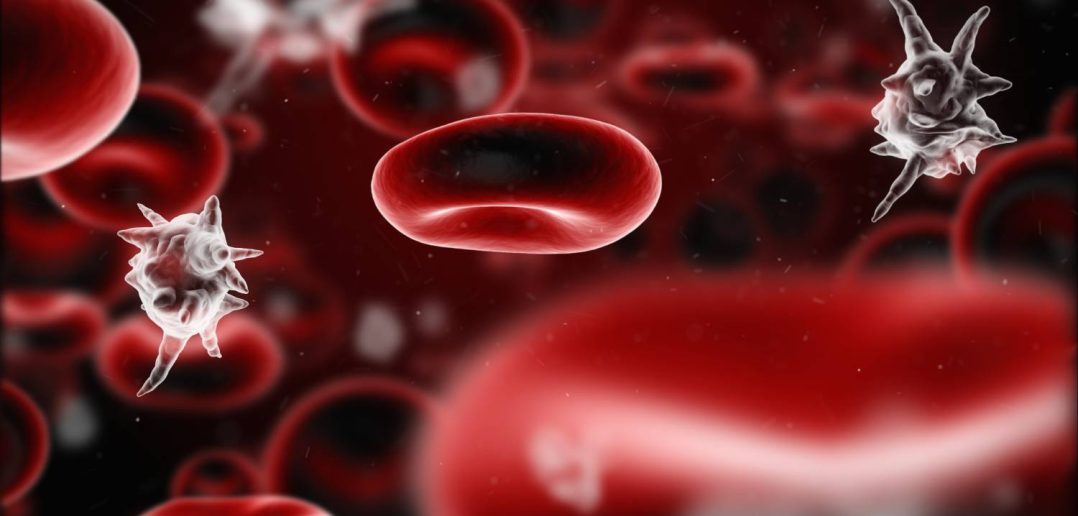Rare diseases, often called orphan diseases, affect a small percentage of the population. Despite their rarity, these diseases collectively impact millions worldwide.
Being a health care professional who cares deeply about overall patient care, the challenges in diagnosing and treating rare diseases resonate profoundly with me. Limited data availability, dispersed patient populations and a lack of research funding continue to pose significant obstacles in rare disease treatment.
In recent years, the integration of analytics and pharmaceutical advancements has emerged as a beacon of hope for those affected by rare diseases. Working in the health care industry and now at SAS, I have started to understand the potential of analytics, including machine learning, artificial intelligence (AI) and big data analysis.
With this, I’ve been learning how AI and analytics can offer a transformative opportunity to revolutionize rare disease diagnosis, drug development and patient care. Here’s what I mean.
Early diagnosis through data analysis
Timely diagnosis is often a crucial factor in managing rare diseases. Being a pharmacist and starting my pharmaceutical career in clinical research, I recognize how analytics-driven tools can sift through vast data sets, identifying subtle patterns and biomarkers that might indicate the presence of a rare disease. This allows for earlier detection and intervention, potentially altering the disease trajectory and improving patient outcomes.
Precision medicine and targeted therapies
One of the most promising aspects of analytics in rare disease treatment is its role in advancing precision medicine. Analyzing genetic data, patient histories and molecular pathways enables the identification of specific biomarkers or genetic mutations associated with rare diseases.
This knowledge facilitates the development of targeted therapies tailored to the individual’s unique genetic makeup, offering more effective and personalized treatment options.
Accelerating drug development
Traditionally, drug development for rare diseases has been slow and costly due to the limited patient pool available for clinical trials. Drawing on pharmaceutical insights, analytics enables companies to identify potential drug candidates more efficiently by analyzing existing data, repurposing drugs, or utilizing in silico models for simulations. These approaches can expedite the drug discovery process and bring promising treatments to the market faster.
Enhanced patient care and management
As a pharmacist, I understand that analytics doesn’t just stop at diagnosis and drug development; it also plays a pivotal role in improving patient care. Health care providers can create comprehensive patient profiles through data analysis, enabling better disease management strategies. This includes monitoring disease progression, predicting potential complications, and customizing treatment plans based on real-time data insights.
The collaborative path forward
Continued collaboration among researchers, clinicians, pharmaceutical experts and regulatory bodies remains crucial to overcome challenges. Looking ahead, the future holds promising advancements in analytics-driven solutions for rare diseases. Integrating multi-omics data, using AI algorithms for drug repurposing and applying real-world evidence to support regulatory decisions are exciting avenues that can revolutionize rare disease research and treatment.


